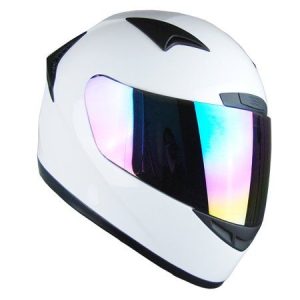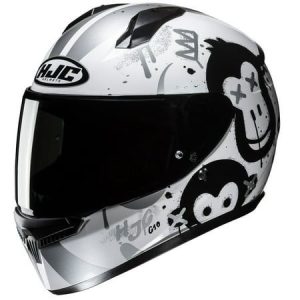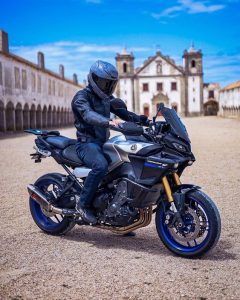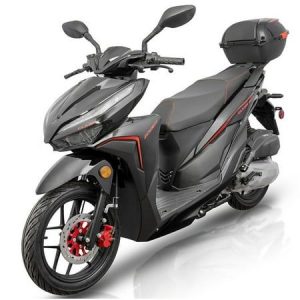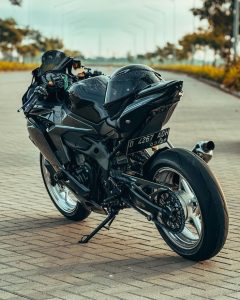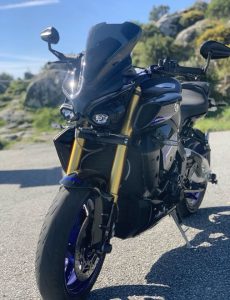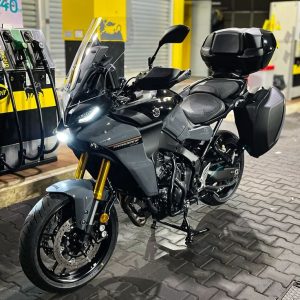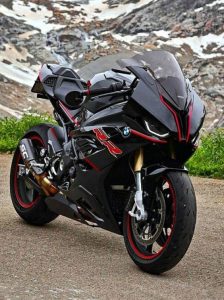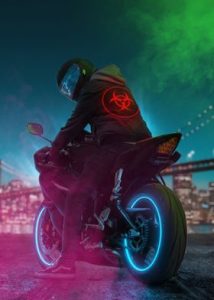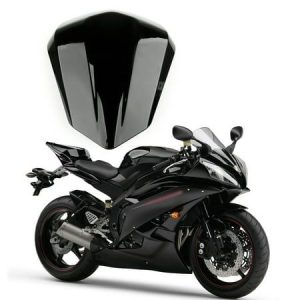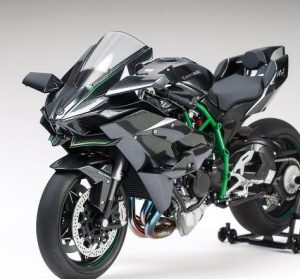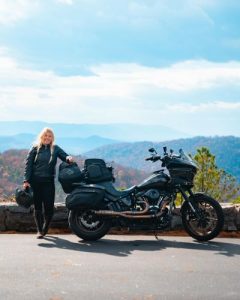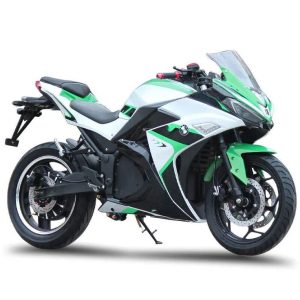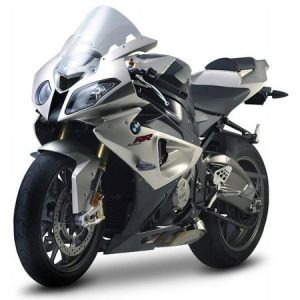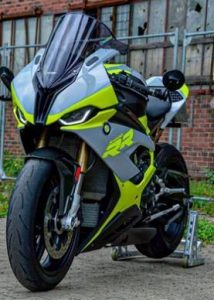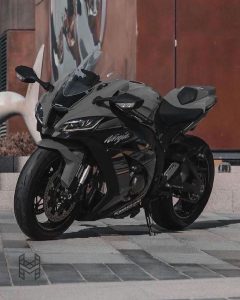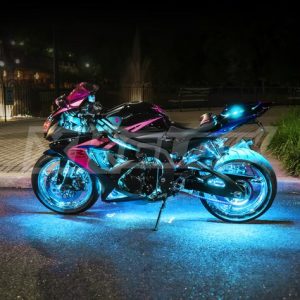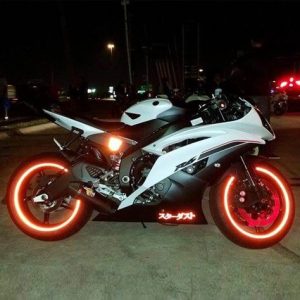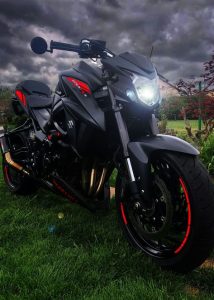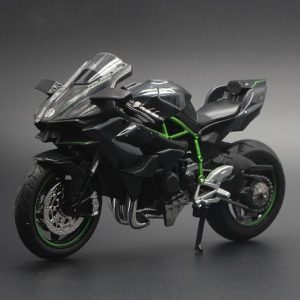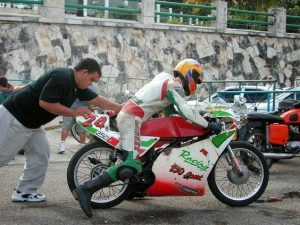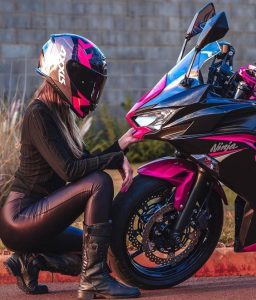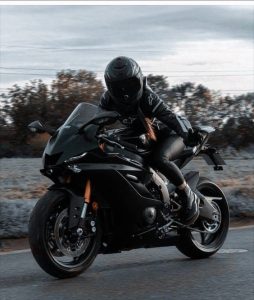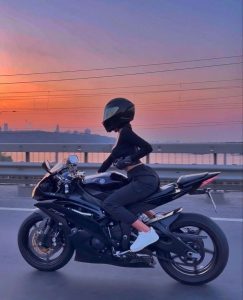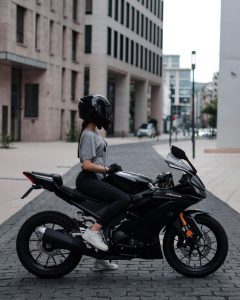Jun 28, 2024
Demystifying Motorcycle Anatomy: A Comprehensive Guide
A motorcycle’s engine is its heart, generating the power that propels you forward. Most modern motorcycles use internal combustion engines, either two-stroke or four-stroke. It is a part of motorcycle.
- Two-Stroke Engines: Lighter and more powerful for their size, but less fuel-efficient and produce more emissions.
- Four-Stroke Engines: Heavier and more complex, but generally more fuel-efficient and produce fewer emissions.
The drivetrain connects the engine to the rear wheel, transmitting the engine’s power and allowing you to control the bike’s speed. It includes the clutch, transmission, and final drive. Engages and disengages the engine from the transmission, allowing you to shift gears smoothly. A gearbox that changes the engine’s speed and torque, allowing you to accelerate, decelerate, and maintain different speeds. Transfers power from the transmission to the rear wheel, typically using a chain, belt, or shaft.
Foundation of Control: Chassis and Suspension
The chassis is the motorcycle’s backbone, providing the structural support for all the other components. It’s typically made of steel or aluminum and includes the frame, swingarm, and subframe.
Suspension systems absorb shocks from the road and keep the wheels in contact with the ground, ensuring a smooth and controlled ride.
Front Suspension:
Usually consists of forks that provide both damping and spring action.
Rear Suspension:
Typically uses a shock absorber and linkage system.

Grip and Go: Wheels and Tires
Your motorcycle’s wheels and tires are crucial for handling and safety. Wheels are usually made of aluminum alloy and come in various sizes and designs. Tires, of course, provide traction and grip, and they need to be properly inflated and maintained for optimal performance.
Tread Pattern:
Different tread patterns are designed for different riding conditions (e.g., sport, touring, off-road).
Tire Pressure:
Correct tire pressure is essential for handling and safety. Check your owner’s manual for recommended pressures.
Stopping Power: Brakes
Brakes are obviously critical for safety. Most motorcycles have disc brakes on both wheels, although some smaller bikes may have a drum brake on the rear wheel.
Hydraulic Brakes:
The most common type, using fluid pressure to actuate the brake pads.
Anti-Lock Braking System (ABS):
An optional safety feature that prevents wheels from locking up during hard braking, improving control and stability.

Guiding Light: Controls and Electrics
The handlebars are your control center, housing the throttle, clutch lever, brake lever, switches, and grips.
The electrical system powers everything from the lights and horn to the starter motor and spark plugs. It includes the battery, alternator, wiring harness, fuses, and various sensors.
Throttle:
Controls the engine speed and, therefore, the motorcycle’s acceleration.
Clutch Lever:
Operates the clutch, allowing you to shift gears.
Brake Lever:
Applies the front brake.
Foot Brake:
Applies the rear brake.
Making Your Mark: Bodywork and Styling
Bodywork refers to the motorcycle’s outer shell, which includes the fuel tank, seat, fenders, fairings, and other cosmetic components.
Fuel Tank: Stores gasoline and often contributes to the bike’s aesthetic appeal.
Seat: Provides a comfortable perch for the rider and any passengers.
Fenders: Help protect the rider and bike from debris thrown up by the wheels.
Fairings: (Optional) Aerodynamic panels that reduce wind resistance and often house headlights, turn signals, and other components.

The Human Element: Rider Skill and Experience
While motorcycle parts and safety gear are essential, a rider’s skill and experience play a crucial role in preventing accidents and minimizing injuries. Even the most advanced motorcycle with top-of-the-line safety features cannot compensate for a lack of skill or poor judgment on the road.
Motorcycle riding is a lifelong learning process. As you gain experience, you’ll develop better instincts, reflexes, and decision-making abilities. But even seasoned riders can benefit from refresher courses or advanced riding techniques training.
Motorcycle Maintenance: Keeping Your Bike in Top Shape
Regular maintenance is not only essential for keeping your motorcycle running smoothly but also for ensuring your safety on the road. A well-maintained bike is more predictable and responsive, reducing the risk of mechanical failures that could lead to accidents.
Essential Maintenance Tasks
- Regular Inspections: Check your tire pressure, brakes, lights, and other components before every ride.
- Oil Changes: Change your oil and filter at the recommended intervals to keep your engine running smoothly.
- Chain Maintenance: Clean, lubricate, and adjust your chain regularly to prevent premature wear and tear.
- Brake Pad Replacement: Replace brake pads as needed to ensure optimal stopping power.

Motorcycle Safety: A Community Effort
Motorcycle safety is a collective effort. By working together as riders, drivers, and pedestrians, we can create a safer environment for everyone on the road.
- Share the Road: Drivers should be aware of motorcycles and give them ample space.
- Be Visible: Wear bright clothing and use your headlights, even during the day, to increase your visibility.
- Ride Defensively: Anticipate potential hazards and be prepared to react quickly.
Despite the inherent risks, motorcycling offers a unique sense of freedom, adventure, and connection with the open road. It’s a passion shared by millions of riders around the world.
By understanding your motorcycle, prioritizing safety, and continuously improving your skills, you can enjoy a lifetime of safe and fulfilling rides. So gear up, hit the road, and experience the thrill of motorcycling!
The Evolving Technology of Motorcycles
Motorcycles are no longer just about simple mechanics. Today’s bikes incorporate advanced technology that enhances performance, safety, and the overall riding experience.
Electronic Fuel Injection (EFI):
EFI systems replace traditional carburetors, providing more precise fuel delivery and improving fuel efficiency.
Traction Control Systems (TCS):
TCS helps prevent wheelspin during acceleration, improving control and stability, especially on slippery surfaces.
Anti-Lock Braking Systems (ABS):
ABS prevents wheel lock-up during hard braking, reducing the risk of skidding and improving stopping distances.
Riding Modes:
Many modern motorcycles offer various riding modes (e.g., sport, rain, touring) that adjust engine power delivery, throttle response, and traction control to suit different conditions.

Embracing the Future of Motorcycling
The future of motorcycling is bright, with advancements in technology, sustainability, and design. Electric motorcycles are becoming more prevalent, offering quiet, eco-friendly alternatives to traditional gasoline-powered bikes. Self-balancing motorcycles and autonomous riding technologies are also on the horizon, promising a safer and more accessible riding experience for everyone.
As a motorcyclist, you’re part of a rich heritage and a vibrant community. By embracing the future of motorcycling, you’re not only shaping the evolution of two-wheeled transportation but also ensuring that the joy and freedom of riding continue for generations to come.





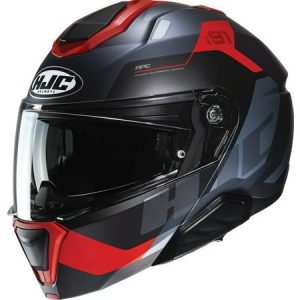
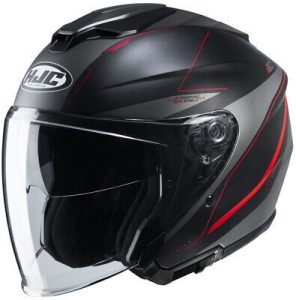
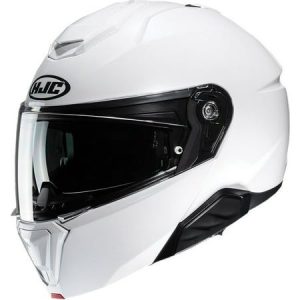

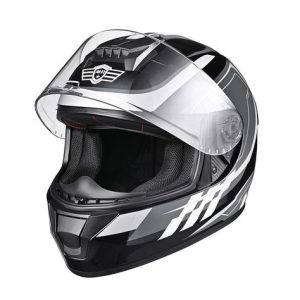


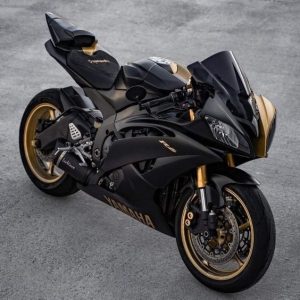
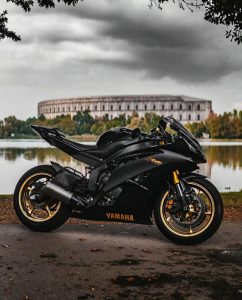
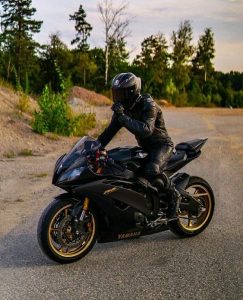
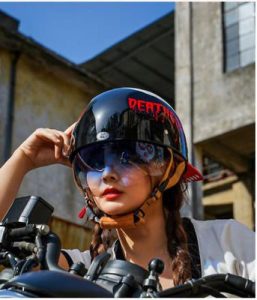 The Risks of Novelty Helmets
The Risks of Novelty Helmets

